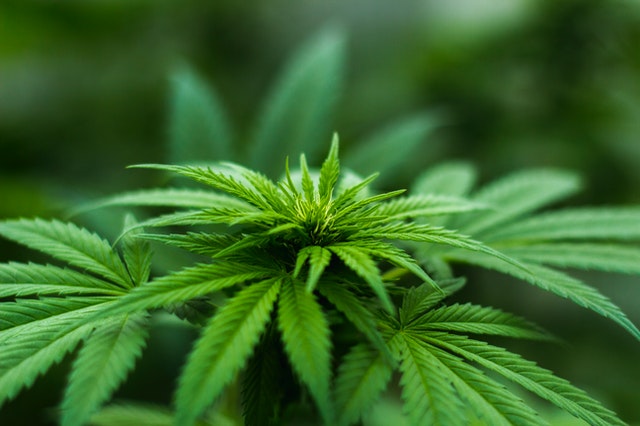The Need for Cannabis Standards
A study in 2021 revealed that there were more than 400 distinct chemical compounds in Cannabis including cannabinoids, terpenes, flavonoids, and lipids. The main focus of research has been on the cannabinoids, as this class of compounds activate a variety of brain receptors. Cannabis also contains more than 150 terpenes which can also produce a range of therapeutic and mood-altering effects. One of the biggest issues is that there are a limited number of cannabis standards (only 17 commercially available cannabinoid standards, and 20 or so available terpenes) in which to identify and determine the constituents of product samples. This could be why state-accredited laboratories are only required to test for potency in a limited number of these compounds.
Cannabis Standards

Cannabis Measurement Challenges: Need for Standardization
Another huge challenge is the quantity and variety of available Cannabis matrices (flower, cannabis infused products, oils, edibles etc.) that need to be analyzed. These matrices require normalization to correct for differences in the total sample amount to assure accurate measurements of individual compounds.
The Cannabis Standards currently available usually have a natural-abundance isotopic-balance and cannot be used as internal standards, only as external calibrants.
IROA-based Cannabis Standard Measurement Workflow
Cannabis

